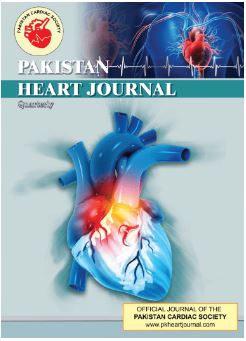A Mini Literature Review on the Application of Susceptibility Weighted Imaging in Neuroradiology
Main Article Content
Abstract
Objectives: Susceptibility-weighted imaging (SWI) is a recent and robust advancement in magnetic resonance imaging (MRI) technique that exploits the magnetic susceptibility differences of several tissues such as calcification, deoxygenated blood, and blood products iron. This study aims to highlight the principle and clinical application of SWI in different brain pathologies such as traumatic brain injury, arterial stroke, neurodegenerative disease, and brain tumor.
Key findings: SWI is continuously employed in the differential diagnosis of numerous neurological disorders, these advancements in SWI made it an integral part of brain MRI protocol routine in evaluating various neurological diseases such as neurodegenerative and neurovascular diseases.
Conclusion: SWI provides an exceptional technique that offers valuable information on neurological disorders as well as cerebral diamagnetic and paramagnetic substances.
Implication for practice: The advent of SWI has enormously improved numerous applications in research and clinical neuroradiology such as the detection and assessment of hemorrhage, TBI, and neurodegenerative disease. SWI is a very useful alternative imaging tool in the management of stroke patients, via the facilitation and differentiation of calcium from a brain hemorrhage.
Article Details

This work is licensed under a Creative Commons Attribution-NoDerivatives 4.0 International License.

